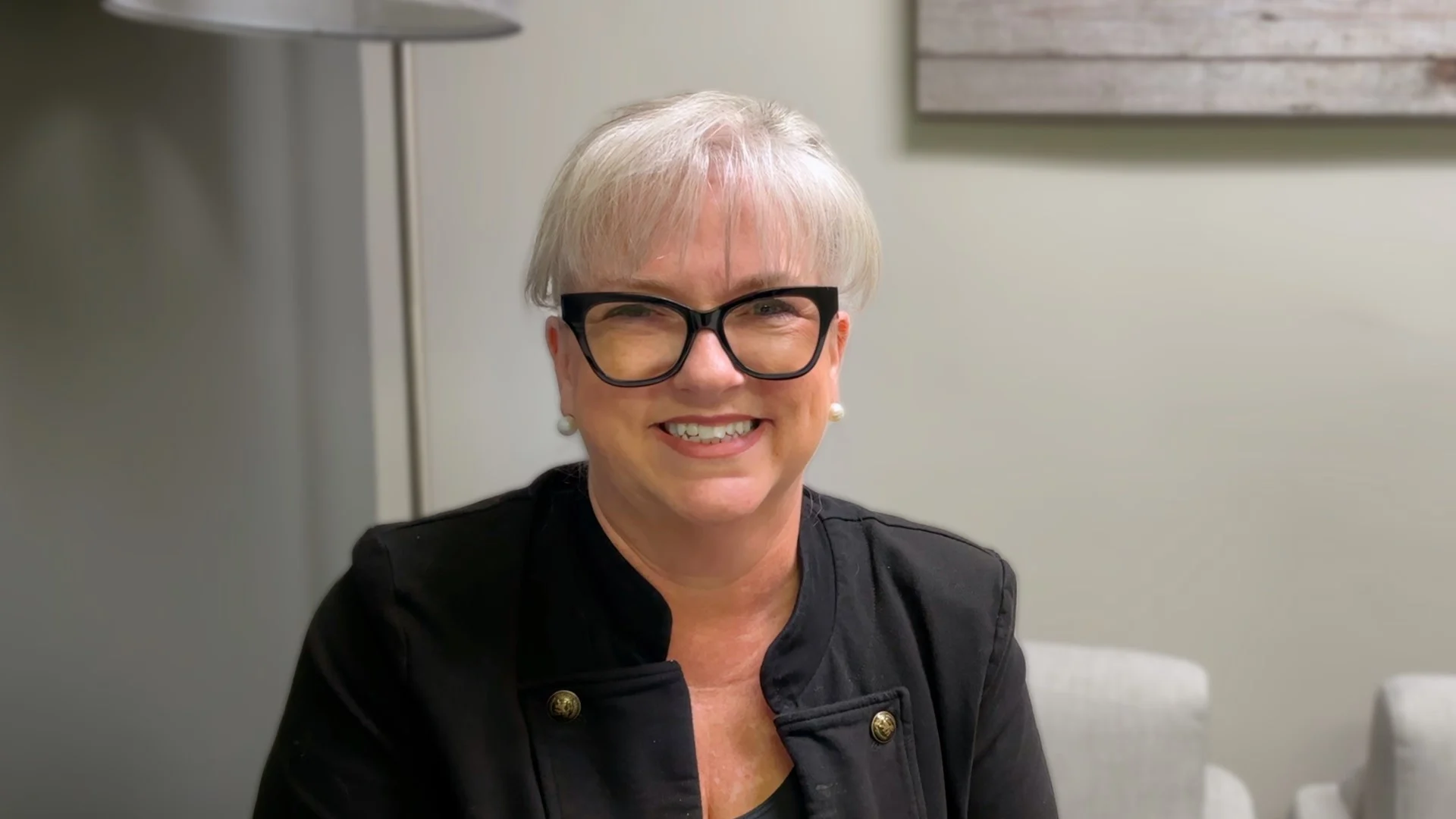
The Critical Role of In-Person (onsite) Interpreters in Healthcare
In the nuanced world of healthcare, clear and accurate communication is not just beneficial—it is imperative as it can significantly impact patient outcomes and satisfaction. To address these challenges, the healthcare industry employs various modes of interpreting: Video Remote Interpreting (VRI), Over-the-Phone Interpreting (OPI), and In-Person Interpreting (IPI). Each mode offers distinct advantages and caters to different needs, making them collectively valuable in providing comprehensive language access services.
While technological advancements have introduced various modes of interpretation, there are specific scenarios in the healthcare industry where the physical presence of an interpreter is a better fit. Below are some examples.
- Mental health situations – Mental health consultations require a deep understanding of the patient’s emotions and thoughts, which can be subtly conveyed through body language and tone. In-Person interpreters can capture these nuances, by picking up additional environmental cues which can be crucial for diagnosing and treating mental health conditions.
- Specialized areas such as physical therapy, speech therapy (for visual cues), occupational therapy, or inpatient rehabilitation. These situations often require meticulous observation of a patient’s physical movement and verbal expressions which may not be easily discernible in remote interpreting. The physical presence of an interpreter can provide an additional sense of reassurance and build trust, encouraging patients to participate more fully and openly in their treatment plans.
- Pediatric care or in conversations involving children: Working with children in medical settings poses unique challenges, children may not stay focused during video or phone conversations. Children may not be able to express their symptoms clearly and are often more comfortable in the physical presence of a caregiver. In-Person interpreters can more effectively engage with young patients, helping to accurately convey their symptoms and concerns to medical staff while also comforting the child and family.
- Delivering sensitive information or bad news, end of life situations. These are amongst the most challenging healthcare conversations. Having an interpreter physically in the room can allow them to read the room and provide support and empathy through body language and emotional presence. In cases of abuse or assault cases the patient may feel more comfortable sharing more information In-Person than via phone.
- Conversations with people with disabilities, such as Deaf & Hard of Hearing, Deaf-Blind, Blind, or low vision. Many members in the Deaf community have a preference for In-Person services and having access to one, can give this population a higher sense of trust with their providers.
- Interpreting for multiple people i.e. group therapy, on the job training. In situations where there are multiple individuals speaking, an In-Person interpreter will have access to additional environmental cues by being present. Additionally, the interpreter can sit close to the party needing interpreting and engage in whisper interpreting to minimize any possible disruption for individuals who may not need language assistance. An In-Person interpreter can also more easily navigate any multimedia being used for the onsite audience.
- Other encounters which may benefit from In-Person interpreters:
- Appointments in which there is heavy equipment in use, i.e. MRI machines, etc.
- Spiritual/religious support (individual, family and/or group counseling)
- Elder care (assisted living, nursing home, or transfer to in-home care)
- Medical training events – for staff, colleague conferences
- Community involvement/outreach seminars and events (i.e. “Woman Heart Health”, etc.)
- Health Program events – Vaccination programs
Having access to all three modes of interpreting—VRI, OPI, and IPI—enables healthcare providers to choose the most appropriate method based on the specific needs of the situation, patient preferences, and access to a wide availability of interpreters. This flexibility enhances the overall quality of care, ensuring that all patients receive the support they need to fully understand their health conditions, treatment options, and care plans. The combined use of these interpreting services helps to overcome language barriers effectively, promoting better health outcomes and greater patient satisfaction in a diverse patient population.
Please note In-Person interpreters must be prescheduled with as much notice as possible to increase fulfillment chances. We recommend at least a minimum of 2-3 business days, if not more. If there is limited access to an In-Person Interpreter, we recommend using VRI or OPI to ensure communication is accessible.
Latest News
Celebrating Our Continued Recognition on the Nimdzi 100
AMN Healthcare is the highest ranked healthcare-exclusive language services provider in the global Nimdzi 100 Report. Learn about the report and request a demo today!
A Guide to Section 1557 Compliance for Healthcare Providers
Simplify Section 1557 compliance with this comprehensive guide for healthcare providers. Learn how to meet key requirements and enhance patient care.
Section 1557 Updates and Implications for Your Organization
Learn how the latest Section 1557 updates impact non-discrimination policies, AI, and language access. Prepare with these actionable recommendations.
Webinar Recap Part 1: Affordable Care Act – Section 1557
Learn how healthcare providers can prepare for Section 1557 regulatory updates, with a focus on nondiscrimination, language access, and training requirements.
What the ‘English as the Official Language’ Executive Order Means for Language Services in Healthcare
Understand the implications of the executive order on language services in healthcare. AMN Language Services is committed to providing the highest quality healthcare interpretation services.
Onvida Health Partners with AMN Language Services to Enhance Patient Care
Discover how Onvida Health transformed patient care and communication with AMN Language Services.
Proven Success in Multilingual Healthcare: Shriners Children’s System and AMN Healthcare Partnership
By providing reliable interpretation for Shriners Children’s System, every patient can receive the exceptional care they deserve. Discover how AMN Healthcare Language Services bridges
Fostering Understanding in Healthcare:
Discover the transformative impact of AMN Healthcare Language Services in this heartfelt testimonial from the Ronald McDonald House of Fort Worth.










